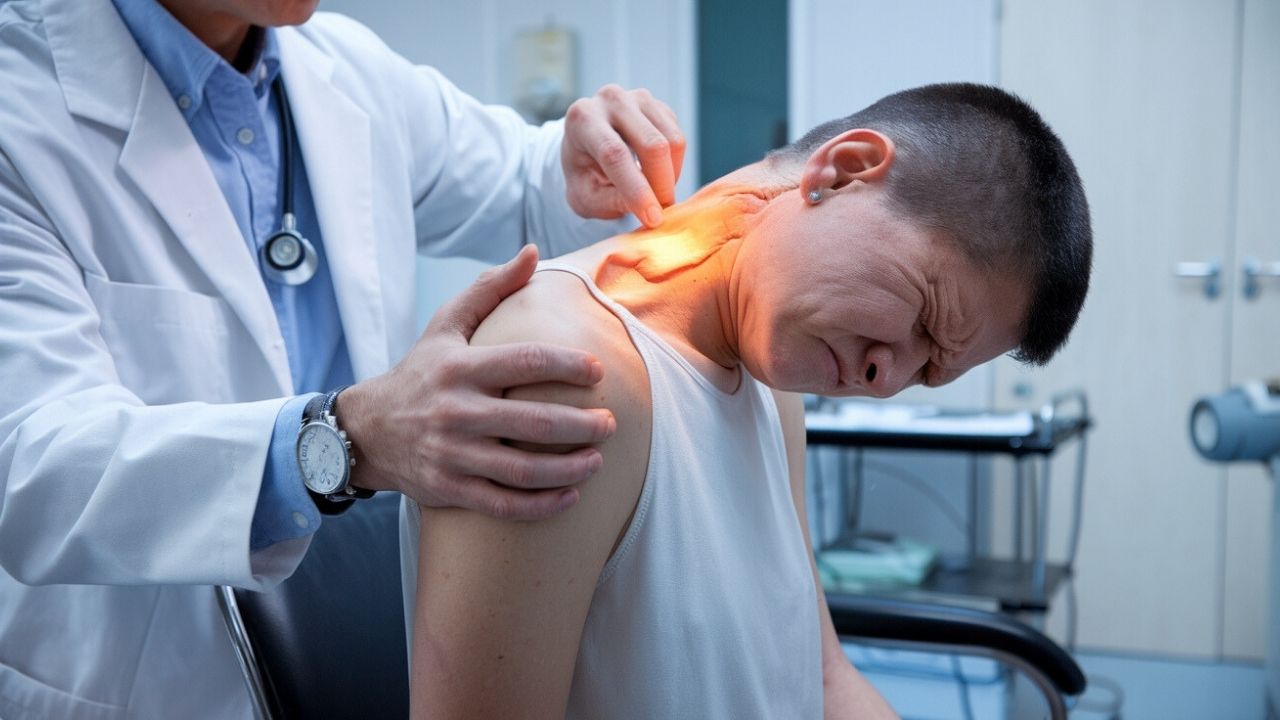
Dystonia Progressive With Diurnal Variation is a rare movement disorder that affects muscle control, causing involuntary contractions and abnormal postures. What makes this condition unique? Symptoms often worsen throughout the day but improve with sleep. This intriguing pattern can make diagnosis tricky. Caused by mutations in the GCH1 gene, it impacts dopamine production, a crucial neurotransmitter for motor control. Treatment options include medications like levodopa, which can significantly improve symptoms. Understanding this condition can help those affected manage their daily lives better. Here are 30 facts to shed light on this complex disorder and provide valuable insights.
Key Takeaways:
- Dystonia Progressive With Diurnal Variation (DPDV) is a rare neurological disorder caused by a dopamine deficiency, leading to worsening muscle tone and movement throughout the day. Treatment with levodopa and therapy can help manage symptoms effectively.
- Living with DPDV presents unique challenges, but joining support groups, educating others, using adaptive devices, maintaining a healthy lifestyle, and staying mentally strong can help individuals lead fulfilling lives. Ongoing research offers hope for new treatments in the future.
What is Dystonia Progressive With Diurnal Variation?
Dystonia Progressive With Diurnal Variation (DPDV), also known as Dopa-Responsive Dystonia (DRD), is a rare neurological disorder. It affects muscle tone and movement, often worsening throughout the day. Here are some intriguing facts about this condition.
-
Rare Disorder: DPDV is considered a rare condition, affecting approximately 1 in 1 million people worldwide.
-
Genetic Mutation: This disorder is often caused by mutations in the GCH1 gene, which is crucial for dopamine production.
-
Dopamine Deficiency: The primary issue in DPDV is a deficiency of dopamine, a neurotransmitter essential for controlling movement.
-
Symptoms in Childhood: Symptoms typically begin in childhood, often around age 6, but can start as late as adolescence.
-
Diurnal Variation: Symptoms usually worsen as the day progresses, hence the term "diurnal variation."
Symptoms and Diagnosis
Understanding the symptoms and how DPDV is diagnosed can help in managing the condition effectively.
-
Early Signs: Early signs include difficulty walking, muscle stiffness, and abnormal postures.
-
Misdiagnosis: DPDV is often misdiagnosed as cerebral palsy or other movement disorders due to similar symptoms.
-
Genetic Testing: Genetic testing can confirm the diagnosis by identifying mutations in the GCH1 gene.
-
Levodopa Response: A hallmark of DPDV is a dramatic improvement in symptoms with low doses of levodopa, a dopamine precursor.
-
MRI Scans: MRI scans are usually normal in DPDV patients, helping to rule out other neurological conditions.
Treatment Options
Treatment for DPDV focuses on managing symptoms and improving quality of life.
-
Levodopa Therapy: Levodopa is the most effective treatment, often leading to significant improvement in symptoms.
-
Dosage Adjustment: The dosage of levodopa may need to be adjusted over time to maintain its effectiveness.
-
Physical Therapy: Physical therapy can help improve muscle strength and coordination.
-
Occupational Therapy: Occupational therapy assists patients in performing daily activities more easily.
-
Regular Monitoring: Regular follow-ups with a neurologist are essential to monitor the condition and adjust treatment as needed.
Living with DPDV
Living with DPDV presents unique challenges, but with proper management, individuals can lead fulfilling lives.
-
Support Groups: Joining support groups can provide emotional support and practical advice from others with the condition.
-
Education: Educating family, friends, and teachers about DPDV can help create a supportive environment.
-
Adaptive Devices: Using adaptive devices, such as braces or walkers, can improve mobility and independence.
-
Healthy Lifestyle: Maintaining a healthy lifestyle, including regular exercise and a balanced diet, can help manage symptoms.
-
Mental Health: Addressing mental health is crucial, as living with a chronic condition can lead to anxiety and depression.
Research and Future Directions
Ongoing research is crucial for understanding DPDV better and developing new treatments.
-
Gene Therapy: Researchers are exploring gene therapy as a potential treatment for DPDV.
-
New Medications: New medications that target dopamine pathways are being investigated.
-
Clinical Trials: Participating in clinical trials can provide access to new treatments and contribute to scientific knowledge.
-
Biomarkers: Identifying biomarkers could help in early diagnosis and monitoring disease progression.
-
Patient Registries: Patient registries collect data on individuals with DPDV, helping researchers understand the condition better.
Interesting Facts
Here are some additional interesting facts about DPDV that you might find surprising.
-
Historical Cases: The first cases of DPDV were described in the early 20th century.
-
Family History: A family history of similar symptoms can be a clue in diagnosing DPDV.
-
Gender Differences: DPDV is more common in females than males.
-
Environmental Factors: Environmental factors, such as stress, can exacerbate symptoms.
-
Awareness: Increasing awareness about DPDV can lead to earlier diagnosis and better outcomes for patients.
Final Thoughts on Dystonia Progressive With Diurnal Variation
Understanding Dystonia Progressive With Diurnal Variation can be a game-changer for those affected. This rare condition, often misunderstood, impacts muscle control and movement. Symptoms usually worsen throughout the day but improve with rest. Knowing the genetic factors and treatment options can help manage this condition better. Medications like levodopa can offer significant relief, while physical therapy aids in maintaining muscle function. Early diagnosis is crucial for effective management. Sharing knowledge about this condition can lead to better support and resources for those affected. Stay informed, seek medical advice, and connect with support groups to navigate this journey. Every bit of awareness helps in improving the quality of life for individuals with this condition.
Frequently Asked Questions
Was this page helpful?
Our commitment to delivering trustworthy and engaging content is at the heart of what we do. Each fact on our site is contributed by real users like you, bringing a wealth of diverse insights and information. To ensure the highest standards of accuracy and reliability, our dedicated editors meticulously review each submission. This process guarantees that the facts we share are not only fascinating but also credible. Trust in our commitment to quality and authenticity as you explore and learn with us.
